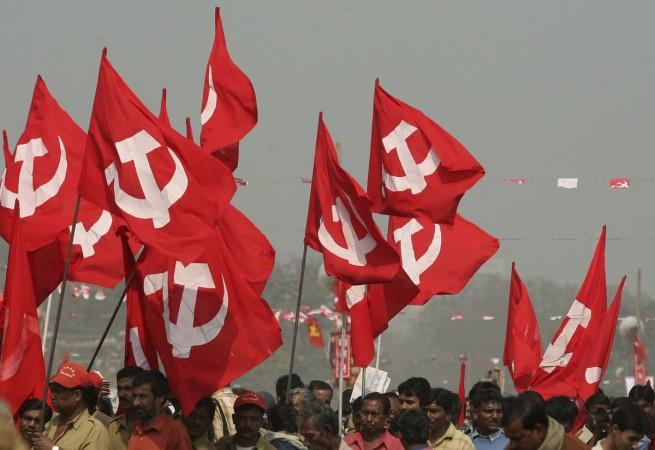
The result in the Chengannur assembly by-poll in Kerala has overwhelmed even the winners. The ruling CPI-M candidate Saji Cheriyan has romped home to a thumping victory, trouncing the Congress and the BJP. His majority of more than 20,000 votes is a record in the constituency, which is one of the very few places in Kerala where a triangular fight between the Left, the Congress and the BJP takes place.
The CPI-M-led Left Front government, surprised at their own showing at the hustings, will lose no time in claiming the result as an endorsement of their government, which completed two years.
There are some quick questions that are quite relevant
Does the CPI (M) candidate's overwhelming majority reflect an equally strong endorsement of the LDF rule? Does this victory point to a lopsided fight in the upcoming Lok Sabha elections where the Left Front will win majority of seats? Is BJP's last ditch efforts to remain electorally meaningful in Kerala failing yet again? Moreover, does this mean the people of Kerala are rallying behind the government of Pinarayi Vijayan, which has, of late, faced a string of controversies and obvious systemic failures?
More importantly, does the Chengannur results show that the electoral inroads made in Kerala by the BJP is all at the expense of the Congress-led UDF?
A quick look at the vote share of the top three contenders will reveal some interesting facts. While CPI (M) candidate Saji Cheriyan secured 67,303 votes, the Congress candidate D. Vijayakumar got 46,347 votes and BJP's PS Sreedharan Pilai got 35,270 votes.
The majority of 20,956 votes by Cheriyan is a record in the constituency. The ruling party, which has been limping from one controversy to another under the leadership of a mercurial chief minister, hadn't expected such a thumping win. They will certainly interpret it as a massive endorsement of the government, but the reality maybe a little different.
A comparison of the 2018 vote share with the assembly elections in 2016 will reveal interesting pointers. While the Congress vote share was static, BJP lost around 10,000 votes.
Here is a vote share comparison:
2016:
CPI-M -- 52880
Congress - 44897
BJP - 42,682
2018:
CPI (M) -- 67,303
Congress -- 46,347
BJP -- 35,270
While Congress could win an additional 2,000 votes (even as the polling rate went up by two percentage points), CPI (M) bettered their tally by more than 15,000 votes. The major loser was BJP, which lost about 8,00 votes. Seemingly, the votes that BJP lost in 2018 have flocked to the CPI (M).
Now, a look at the assembly election results in 2011 will reveal an interesting scenario.
CPI (M) -- 52656
Congress -- 65,156
BJP -- 6062
What does this mean? The CPI-M secured about the same number of votes (52,000) in 2011 and 2016 elections -- one of which they won and the other they lost. In 2016, BJP emerged as the dark horse, splintering the traditional vote banks and eating up largely Congress votes. In 2018, the votes that they lost have apparently gravitated to the Left, leaving the Congress in dire straits.
The 2016 assembly election had given ample hints that the inroads BJP makes in Kerala were at the expense of the Congress-led UDF. The Chengannur by-election results endorse that line of thought. Any amount of anti-incumbency will not be enough to unseat the CPI (M) from power, it shows. BJP national leadership is hell bent on reaping elusive electoral rewards in Kerala, and that effort is likely to hurt the Grand Old Party for a long time to come. It will be interesting to watch how the Congress-led UDF will face up to this bitter reality.














